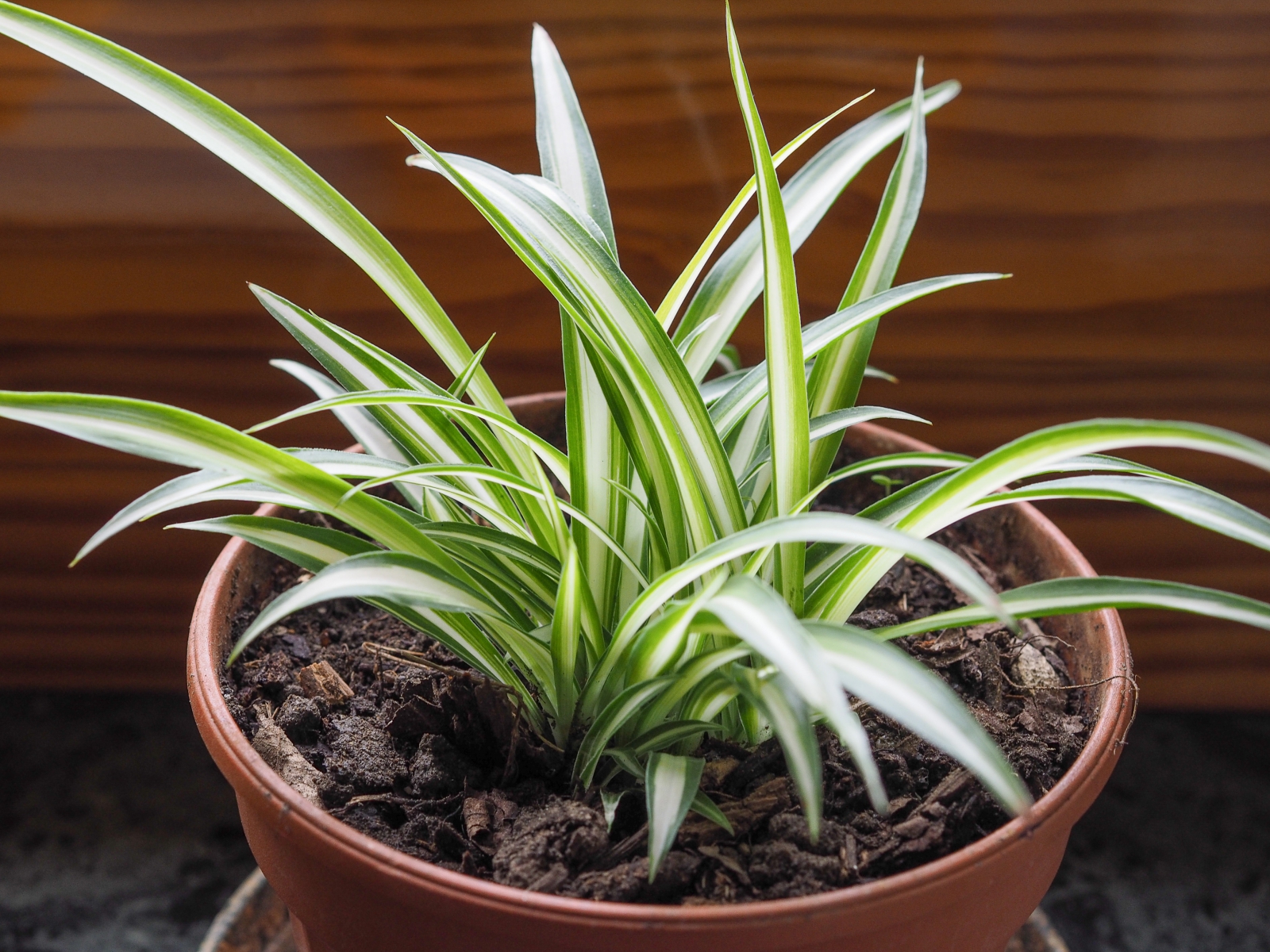
Source www.almanac.com
Welcome to our comprehensive guide on how to care for spider plants. Whether you’re a beginner or an experienced gardener, spider plants make a great addition to any indoor space. Known for their long, arching leaves and ability to thrive in varying conditions, spider plants are not only beautiful but also easy to care for. In this article, we will cover everything you need to know about caring for spider plants, from watering and lighting requirements to common issues and troubleshooting tips.
Choosing the Right Location
Indoor Lighting Requirements
Spider plants prefer bright, indirect light but can tolerate lower light conditions as well. Ideally, place your spider plant near a window facing east or west, as they like to receive morning or afternoon sunlight. If your space doesn’t have adequate natural light, you can also use artificial lights like fluorescent or LED grow lights placed about 12 inches away from the plant. However, be cautious of placing them in direct sunlight as the delicate leaves may burn.
Avoid Excessive Heat or Cold
While spider plants can adapt to a wide temperature range, it’s important to avoid extreme temperatures. Keep them away from heating or cooling vents, drafty areas, and direct exposure to air conditioning or heating units. Spider plants thrive in temperatures between 55°F and 80°F (13°C – 27°C). Protect them from frost during winter and avoid placing them near windows during chilly nights.
Watering and Humidity
Watering Frequency
Spider plants prefer to be slightly root-bound and don’t require frequent watering. Allow the top inch of soil to dry out between waterings, and then water thoroughly until water drains out of the bottom drainage holes. Overwatering can lead to root rot, so it’s crucial to strike a balance. During summer, water your spider plant once or twice a week, reducing it to once every two to three weeks in winter.
Humidity Requirements
Spider plants are adaptable to different humidity levels but prefer moderate humidity. If the air in your home is particularly dry, especially during winter months, consider increasing humidity levels by using a humidifier, placing the plants on a tray of water-filled pebbles, or misting them regularly. Avoid placing spider plants near heaters or other sources of dry, hot air.
Feeding and Fertilizing
Fertilizer Type and Frequency
Spider plants benefit from regular feeding during their active growing season, which spans from spring to early fall. Use a balanced, water-soluble fertilizer diluted to half-strength or follow the instructions on the packaging. Apply the fertilizer once a month or every six weeks, ensuring to water the plant first and then apply the diluted fertilizer to avoid burning the roots.
Organic Alternatives
If you prefer organic options, you can also feed your spider plant with diluted compost or vermicompost tea. Apply these organic fertilizers once every two months during the growing season. However, note that organic fertilizers may release nutrients at a slower pace than synthetic ones, so you might need to adjust the frequency accordingly.
Spider Plant Care Troubleshooting
Brown Tips on Leaves
Brown tips on spider plant leaves are typically a sign of underwatering or too much direct sunlight. Ensure you’re providing adequate water and move the plant away from direct light sources. Additionally, dry indoor air can cause leaf tip browning. Increase humidity levels as mentioned earlier to mitigate this issue.
Yellowing Leaves
Yellowing leaves can indicate overwatering or excessively salty soil. Make sure to properly drain your spider plant’s pot and avoid letting it stand in excess water. If the yellowing continues, try repotting it in fresh, well-draining soil. Alternatively, high salt accumulation can cause yellowing, so flushing the soil occasionally with distilled water can help.
Table Breakdown of Spider Plant Characteristics
| Aspect | Details |
|---|---|
| Scientific Name | Chlorophytum comosum |
| Family | Asparagaceae |
| Native to | Tropical and southern Africa |
| Light Requirements | Bright, indirect light to low light |
| Watering Needs | Allow top inch of soil to dry out between waterings |
| Temperature Range | 55°F – 80°F (13°C – 27°C) |
FAQ – Frequently Asked Questions about Care for Spider Plant
1. Can spider plants be grown in water?
Yes, spider plants can be grown in water, making them excellent candidates for hydroponics. However, periodic soil planting is recommended to provide necessary nutrients and stability.
2. How do I propagate spider plants?
Spider plants can be easily propagated by planting the small offshoots or “spiderettes” that grow from long stems called stolons. Simply place these spiderettes in potting soil and provide them with appropriate care.
3. Why are the leaves of my spider plant turning pale or translucent?
Pale or translucent leaves are often a sign of too much direct sunlight. Move your spider plant to a location with less intense light to prevent further leaf damage.
4. Can spider plants be placed outdoors?
Spider plants can be placed outdoors during summer as they enjoy the fresh air and natural light. However, ensure they’re protected from direct sunlight, strong winds, and cold temperatures.
5. Are spider plants safe for pets?
Yes, spider plants are generally non-toxic to cats and dogs. However, consuming large quantities of the plant can cause mild gastrointestinal upset, so it’s best to keep these plants out of reach to prevent excessive ingestion.
Conclusion
In conclusion, caring for spider plants can be easily accomplished with proper knowledge and attention. By providing the right lighting, watering, and environmental conditions, your spider plant will thrive and beautify your space. Remember to periodically assess its health, troubleshoot any issues promptly, and enjoy the beauty and air-purifying benefits these resilient plants bring to your home.